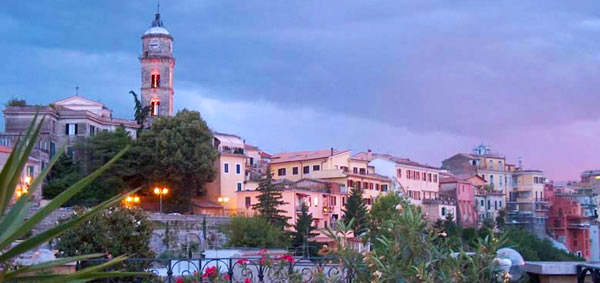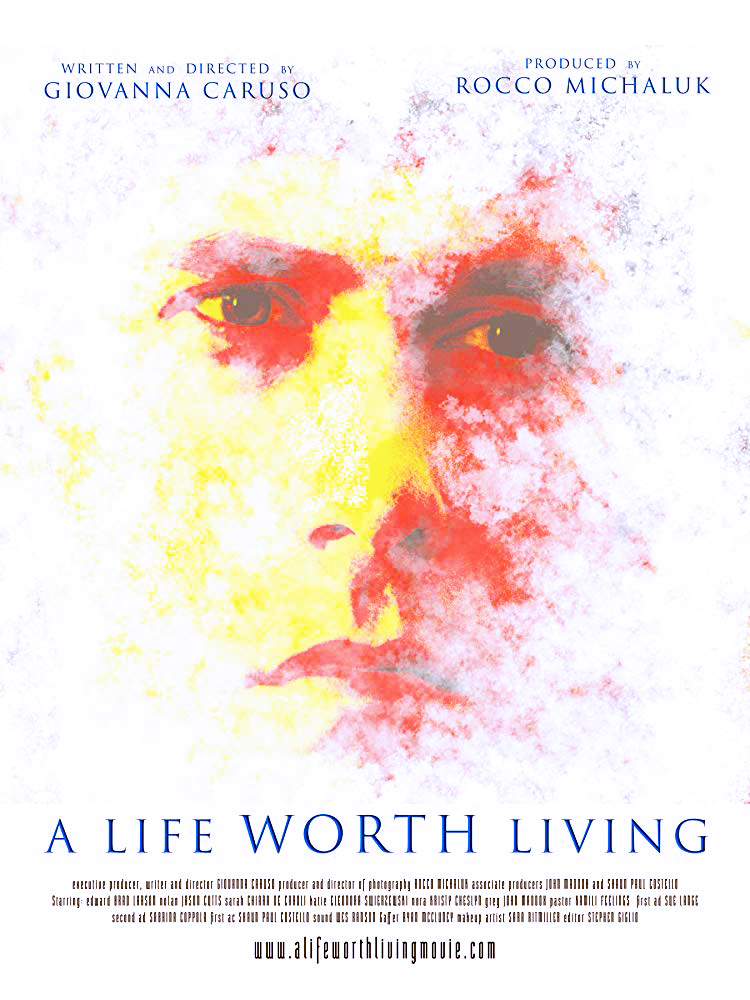Ciociaria is the name of a traditional region of Central Italy without a defined border. Now known as the Province of Frosinone, the territory conceals enchanting treasures, from century old towns to sublime landscapes, yet the land is best known for its strong religious heritage. Located in the Lazio region, it contains 91 towns, villages and cities with a total population just under a half million. Its capital is the city of Frosinone.
The Province was established by Royal Decree on December 6, 1926, from territories belonging to the regions of Campania and Lazio. The Campania areas included the Comino Valley, the district of Cassino, the Gulf of Formia and Gaeta and also the Pontine Islands, which for centuries were part of the Terra di Lavoro of the Kingdom of Naples and later the Kingdom of the Two Sicilies.
Well before civilizations were formed, the land was inhabited. In fact, a famous skull of Homo Erectus Homo Cepranensis is in the Prehistorical Museum of Pofi and dates from 800,000 years ago and constitutes the most ancient finding of the human species in Europe.
From the 10th to 9th centuries BC, the area was inhabited by the Pelasgic civilization and joined the Roman Republic, following 300 years of resistance following the Samnite Wars. Frosinone became a colony and much of its lands were given over to veterans of the Roman campaigns.
After the fall of the Western Roman Empire, the northern part of the province, officially referred to as Campagna since the 12th century, belonged to the Papal States. The town of Anagni is the birthplace of four Popes: Innocent III, Gregory IX, Alexander IV and Boniface VIII. In the 13th and 14th centuries, the town became a favorite Papal residence, thus coming to be known as the “City of the Popes.” This was the scene of important historical events, such as the Schiaffo di Anagni – the Slap of Anagni, which involved the arrest and imprisonment of Pope Boniface VIII while he was at his palace in the town. The 1303 episode was a part of the struggle for power between the King of France and the Pope. The 73 year old Pope was held captive for three days and was slapped by one of his former allies. The Pontiff died one month later. He was featured in our series “The Notorious Popes” in Part 4, on November 30, 2017.
Two other Popes were born in what is now Frosinone – Hormisdas (the 52nd Pope) and Silverio. These two Popes were father and son (this was before priests took the vow of chastity) and today are the joint patrons of the city.
The religious significance of Ciociaria extends far beyond its magnificent abbeys. It is in this area that history finds the origins of St. Thomas Aquinas, as the saint was born in the town of Roccasecca in 1225. Memories and historical testimonials of the work of the great theologian and philosopher can be found throughout the city. And in the picturesque, art-laden town of Veroli, visitors will find the world’s third holy staircase. There is one in Vatican City, one in Jerusalem and one in the tiny Ciociarian village.
Religious events, festivals and customs are still very much alive in Ciociaria, which express the desire of the Ciociarian people to preserve the deep religious heritage of their land.
The Abbey of Monte Cassino was founded by St. Benedict in the 6th century. During the Middle Ages, it was a major landowner in the area, but during the 16th century, it was destroyed by Lanzichenecchi, then by the French and the Florentines, while also being decimated by the plague. It began to be rebuilt with the main portal of the fortress designed by Michelangelo. Severely damaged by one of the bloodiest battles of World War II, the Abbazia di Montecassino is considered one of the best-known monasteries in the world.
In 1870, with the unification of Italy, Frosinone still looked like a medieval walled city. It was appointed capital of the area and a new urban development started, thanks to the Rome-Fiuggi-Alatri-Frosinone railroad built in 1863.
Even though it has had a long and often colorful history, the Province of Frosinone is still little-known to those outside Italy, despite the beauty of the territory. The Ciociaria area and the capital, Frosinone, offer visitors stunning sceneries, with charming villages surrounded by green countryside and historical sites.
The hills alternate with ranges of mountains. Within these lie the fantastic Caverns of Pastena, a complex of caves and underground cavities with spectacular stalactites, stalagmites and subterranean lakes. No less impressive are the Caves of Collepardo that, in addition to the eerie beauty of the caverns, have yielded discoveries dating back to the Bronze Age.
The city of Frosinone sits on an irregular hill and developed in similar irregular manner. The old part of town is located on the hill overlooking the plain, while the more modern city lies on lower terrain. Piazzale Vittorio Veneto is a natural balcony over the surrounding valley, while the Cathedral, dedicated to Santa Maria Assunta, is in the Romanesque style, although it was largely rebuilt in later periods.
Among the historic monuments here, the Pietro Tiravanti Building is one of the most impressive in the city. The Palazzo del Governo, whose construction started in 1825, is interesting. The residential apartments of the Palace contain furniture and mirrors from the Royal Palace of Caserta, some of which are inlaid with 24 karat gold. The interior of the large hall was frescoed by Domenico Purificato with scenes of rural pastoral and peasant life, while the Palazzo della Provincia, in neoclassical style, contains works by Renato Guttuso and Umberto Mastroianni.
Anagni is still one of the most important towns within the province, with its splendid Romanesque Cathedral and the interior crypt frescoes. The Palazzo dei Papi of Bonifacio VIII, scene of the infamous ‘slap,’ houses the Boniface Historical. Ferentino is another historically important town. It too has a Romanesque Duomo, as well as the remains of a Roman market and theater. Alatri and its acropolis occupies the top of a hill and is enclosed by polygonal walls. The visible surfaces of the stones are dressed with straight sides or joints, giving the block the appearance of a polygon and are one of the best-preserved examples in Italy.
The terme spas are another attraction and Fiuggi is an important thermal center. The therapeutic use of its waters have been ongoing for over 1,000 years and by the end of the 13th Century, Boniface VIII was regularly sending minions to Fiuggi in order to collect the miraculous water. Michelangelo also loved to take advantage of the waters valuable therapeutic properties in this historic and fascinating province.





